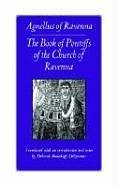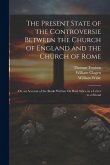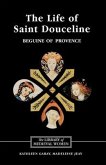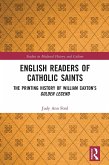Agnellus' Liber pontificalis ecclesiae Ravennatis (Book of Pontiffs of the Church of Ravenna), written in the ninth century, is an essential source for the study of Italian history from the fourth to the ninth centuries. Agnellus seems to have been a well-born priest in the church of Ravenna, and his work is strongly colored by his personal experiences. He wrote the book to demonstrate two strongly-held opinions. One was the apostolicity and independence of the Ravennate archbishopric; the other was the moral decline of recent bishops and their erosion of clerical rights. Using the framework of a series of biographies of the bishops of his see, Agnellus presents his highly idiosyncratic view of history. The work is filled with anecdotes, miracle stories, and mini-sermons, as well as information about historical events and artistic and architectural patronage, all of which have made it an invaluable source for those interested in early medieval Italy. Ravenna's heyday was in the fifth through eighth centuries, when it was the capital first of the western Roman empire, then of the kingdom of the Ostrogoths, and finally of the Byzantine exarchate of Italy. By the time Agnellus was writing, the city and its leaders were struggling to maintain power and prestige in the new Carolingian regime. Agnellus' work is usually used as a source of information about the more illustrious past, and it has been especially useful to art historians who investigate the remarkable monuments that still survive in Ravenna. However, it also provides crucial information about the Carolingian world in which Agnellus lived, a time when the marvels of Ravenna were being copied or literally carried off byemperors who sought to recreate Ravenna's imperial splendor. This translation makes this fascinating text accessible for the first time to an English-speaking audience. A substantial introduction to Agnellus and his composition of the text is included along with a full bibliog
Hinweis: Dieser Artikel kann nur an eine deutsche Lieferadresse ausgeliefert werden.
Hinweis: Dieser Artikel kann nur an eine deutsche Lieferadresse ausgeliefert werden.








